My group consisting of 4 people, chose the exhibition as a form of presenting a memorial. As a group we designed the exhibition and planned its content. My role included the research and writing the introductions to the rooms.
The main theme of the exhibition was Holocaust.
The Holocaust was a unique event in 20th century history. It evolved between 1933 and 1945. It began with discrimination; then the Jews were moved from their communities and persecuted; and finally they were treated as less than human beings and murdered.
The exhibision is held in Geneva in Switzerland. The main reason we chose this location is that Switzerland managed to keep armed neutrality and was not involved militarily during the II World War.
The layout of the exhibition is in a form of star of David. It is a symbol of Judaism and the Jewish community. During the Holocaust the star of David was used by Nazis as a method of identifying Jews.
The beginning of the exhibition takes us through the replica train carriages.
On the walls they are human size images presenting Jewish families before the war, personal family photos taken before 1938 and photos of trains bringing Jews to the camp.
The first trains carrying Jews arrived at Auschwitz-Birkenau in March 1942. Often several trains arrived daily carrying Jews from almost every country in Europe.
Each of the trains carried in excess of a thousand victims. Prisoners had been packed into cattle wagons with no room to sit, no food, a bucket for water and another as a toilet. The journey could last days on end, with the ‘passengers’ not knowing where they were passing through or where they were going. Many victims died during the journey as a result of suffocation, illness or hunger.
Initially, arrivals at Auschwitz-Birkenau would be unloaded on a ‘ramp’ alongside the main railway lines at Oswiecim. The prisoners would then walk the short distance to the camp. However, in preparation for the arrival of 440,000 Hungarian Jews during the spring of 1944, railway tracks were laid right into the camp, through the now infamous gatehouse building.
On arrival at Auschwitz-Birkenau the trains would pull up on the unloading ramp in front of the awaiting SS officers and guards, kapos and the Sonderkommando.
The Jews were thrown out of the railway wagons and made to leave their belongings behind them. They were then ordered to form lines ready for the selection process. This was when the Nazis selected which Jews would be sent straight to their deaths in the gas chambers and which Jews would remain alive temporarily.
More than 80 per cent of those who arrived at Auschwitz-Birkenau were murdered at once. The majority of the remainder died as a result of overwork, ill-treatment, disease or lack of food.
After leaving the train carriages to our eyes appears replica of the main gate to Auschwitz I.
Introduction to the room. (my part of research)
“Arbeit Macht Frei”, “Work Will Free You”
The sign over Auschwitz gate had been designed by the camp’s iron-worker and mounted by prisoners themselves. In protest against the slogan, they turned the “B” letter upside down. There was also an ironic rhyme about the slogan “Arbeit macht frei durch Krematorium Nummer drei” which means “Work will set you free through crematory number three”. The gate of the Auschwitz Camp is still one of the best-known symbols of the holocaust.
When we cross the gate there is a space with a Perspex floor with personal belongings left after mass extermination.
This room is going to content presentation of one of Boltanski’s piece of work called “No Man’s Land,”
Then, we enter another room called “diary and story room”. (my research)
Abramek’s Dream.
Abramek Koplowicz died in Auschwitz at the age of 14. His father, Mendel Koplowicz, survived the Holocaust. Abramek’s poems were preserved and are now famous all over the world. The poem entitled Dream has been translated into fifteen languages.
Elie Wiesel (b. 1928). Never Shall I Forget
Never shall I forget the night,
the first night in the camp
which has turned my life into one long night,
seven times cursed and seven times sealed.
Never shall I forget this smoke.
Never shall I forget the little faces of the children
whose bodies I saw turned into wreaths of smoke
beneath a silent blue sky. (…)
Wisława Szymborska
Still
In sealed box cars travel
names across the land,
and how far they will travel so,
and will they ever get out,
don’t ask, I won’t say, I don’t know.
The name Nathan strikes fist against wall,
the name Isaac, demented, sings,
the name Sarah calls out for water
for the name Aaron that’s dying of thirst.
Don’t jump while it’s moving, name David.
You’re a name that dooms to defeat,
given to no one, and homeless,
too heavy to bear in this land.
Let your son have a Slavic name,
for here they count hairs on the head,
for here they tell good from evil
by names and by eyelids’ shape.
Don’t jump while it’s moving. Your son will be Lech.
Don’t jump while it’s moving. Not time yet.
Don’t jump. The night echoes like laughter
mocking clatter of wheels upon tracks.
A cloud made of people moved over the land,
a big cloud gives a small rain, one tear,
a small rain-one tear, a dry season.
Tracks lead off into black forest.
Cor-rect, cor-rect clicks the wheel. Gladeless forest.
Cor-rect, cor-rect. Through the forest a convoy of clamors.
Cor-rect, cor-rect. Awakened in the night I hear
cor-rect, cor-rect, crash of silence on silence.
- translated by
Magnus J. Krynski
The Girl in the Green Sweater: A Life in Holocaust’s Shadow
In 1943, with Lvov’s 150,000 Jews having been forced into ghettos and facing extermination, Krystyna Chiger’s family daringly sought refuge in the city’s sewer system. “The Girl in the Green Sweater” is Chiger’s harrowing first-person account of fourteen months in the fetid, underground sewers of Lvov. “The Girl in the Green Sweater” is also the story of Leopold Socha, the group’s unlikely savious. A polish Catholic and former thief, Socha risked his life to help Chiger’s underground family survive, bringing them food, medicine, and supplies. A moving memoir of a desperate escape and life under unimaginable circumstances, “The Girl in the Green Sweater” is ultimately a tale of intimate survival, friendship, and redemption.
Film In Darkness by Agnieszka Holland
“The boy in the stripped pajamas” – film
Hallmark’s The Courageous Heart of Irena Sendler Movie.
Another room Camp history (my research)
The direct reasons for making the Auschwitz concentration camp was the fact that the Nazi prisons in Silesia and german-occupied Poland were overcrowded.
At the end of 1939 S.S. –Oberfuhrer Arpad Wigand suggested creating a new concentration camp. For its location he pointed out Oswiecim, a small town in the south of Malopolska, incorporated into the Third Reich on the basis of hitler’s decree of 8th October 1939.
Why Oswiecim?
- There was a big railway junction there, ensuring convenient connection with all territories, which were to be conquered in the future by Germans.
- The former Polish artillery barracks, situated in the suburbs of the town, outside the densely built-up area were considered sufficient for putting prisoners in.
- The location of the barracks, lying in the fork of the rivers Vistula and Soła, as well as the land relief nearby ensured necessary isolation of the new ‘establishment’ and its development in the future. (Gawel, p4)
The orginal Auschwitz concentration camp, later called the mother camp (stammlager), at the moment of its creation had 20 brick buildings, including 14 bungalows and 6 storeyed buildings.
It gradually expanded, as the camp in its original form would not be able to accommodate prisoners from the next transport.
Legend:
- The “Arbeit Macht Frei” gate
- Exit from the camp
- Auschwitz I — entrance way
- The roll-call square (part 1)
- Electrified fence
- The roll-call square (part 2)
- Krankebau (the waiting room to the gas*)
- Block 11
- The entrance to the “Wall of Death” yard
- Blocks 10 and 11(aerial view)
- Cells in the basement of block 11
- Block 11 — standing cells
- The cell of Edek Galiński
- The cell of father Maksymilian Kolbe
- Crematorium I
- The gas chamber in crematorium I
- Crematorium I (inside)
Auschwitz-Birkenau
Auschwitz-Birkenau did not start out as a death factory; it evolved over time. According to Holocaust historian Raul Hilberg:
What began in 1941 was a process of destruction not planned in advance, not organized centrally by any agency. There was no blueprint and there was no budget for destructive measures. [These measures] were taken step by step, one step at a time. Thus came about not so much a plan being carried out, but an incredible meeting of minds, a consensus — mind reading by a far-flung bureaucracy.
Regarding Hitler’s decision to exterminate the Jews, Holocaust historian Raul Hilberg told the French newspaper Le Monde des Livres the following on October 20, 2006:
There was no pre-established guiding plan. As for the question of the decision, it is in part
unsolvable: no order signed by Hitler has ever been found, doubtless because no such document ever existed. I am persuaded that the bureaucracies moved through a sort of latent structure: each decision brings on another, then another, and so forth, even if it isn’t possible to foresee exactly the next step. (Le Monde des livres, October 20, 2006, p. 12)

A complete set of the original construction plans for the Nazi death camp at Auschwitz has been found in a Berlin flat, according to Germany’s Bild newspaper.
Map shows the layout of Auschwitz II, also called Birkenau

Some of the 600 children who had survived the Auschwitz II-Birkenau camp show their tattooed identification numbers upon liberation.
Life in the camp
For all prisoners of the Auschwitz-birkenau camp a day started in the same way at 4.30 (in the winter at 5.30) with a violent rouse full of swearwords and blows delivered by function prisoners.
A prisoner had to make his bed like in the army and tidy the room, wash himself, relieve himself and stand in the line to the pot to get ‘breakfast’.
The next gong announced a roll-call. During the roll-call the prisoners stood in ten-person rows.
After a roll-call the so-called labour commandos were formed, who set off to work.
Since January 1941 marching out and coming back to the camp were accompanied by lively rhythms played by the camp orchestra.
Nazi room (my research)
Gerda Steinhoff
In 1939, Steinhoff became a cook, married and had one child. In 1944, because of the Nazi call for new guards, she joined the camp staff at Stutthof. On 1 October 1944, she became a Blockleiterin in Stutthof women’s camp SK-III. There, she took part in selections of prisoners to be sent to the gas chambers. On 31 October 1944, she was promoted to SS-Oberaufseherin and was assigned to the Danzig-Holm subcamp.
Irma Grese, “The Hyena of Auschwitz” and the “Beast of Bergen-Belsen,” and Josef Kramer, commandant of Bergen-Belsen. They were both sentenced to death and hanged.
The Beasts of Bergen-Belsen: Women SS guards; in the foreground, from left: Elisabeth Volkenrath, Irene Haschke, Herta Bothe.
The Private Lives of the SS in Auschwitz
“Private Lives is a portrait of 22 SS men and their families: from the commander of the camp, Rudolf Höss, his deputy and head of the camp, Karl Fritzsch, the doctors responsible for the selection of Jews deported to the camp on the ramp: Horst Fisher, Werner Rohde, as well as Gerhard Palitzsch, who personally carried out hundreds of executions at the Death Wall, to the lower ranking SS — guards and chauffeurs. The testimonies were selected by Dr Piotr Setkiewicz, Museum historian and renowned expert on the subject, who also provided the introduction and footnotes.
The authors relating the stories — colourful descriptions of family life and the conditions prevailing in the homes of the SS — are mostly teenage residents of Oświęcim. In accordance with the Nazi law that at that time was binding on the area, after 14 years of age, all youth were obliged to perform a designated job by the occupation authorities. “Girls at this age were therefore sent to the families of the local Germans, especially to officers and non-commissioned SS officers of the camp staff, for whom they washed, cooked, shopped, scrubbed floors and cared for the children,” said Setkiewicz.
As underlined by the historian, the ambiguities of the source materials often make it difficult to obtain a clear picture of the SS at Auschwitz. “If the SS tried to present themselves in as favourable a light as possible in their post-war testimonies, the former prisoners, in turn, painted their image almost entirely in dark colours. A historian, in the pursuit of the objective truth, and having at his disposal material that were so difficult to assess, would welcome the testimony of a third party that was not so emotionally involved in the events reported. In this context, the publication is a unique collection of material on a European scale, showing the private moments of the SS and their families, which are described neither by themselves nor by the prisoners, hence supplementing, in an interesting manner, the picture known from more classic sources of the whole,” said Setkiewicz.
The book also included private photographs of the SS men, their wives and children. German construction plans of the houses inhabited the SS, including an accurate description of the home of commander Höss with a detailed description of furniture and appliances, are also included.”
WWII Photography (my research)
Fully reflective room
Horror room (my research)
Experiences of a Fifteen year old in Birkenau.
In front of the gas chamber was a dressing room. On its walls was written in all languages: “Put shoes into the cubbyholes and tie them together so you will not lose them. After the showers you will receive hot coffee.” Here the poor victims undressed themselves and went into the chamber. There were three columns for the ventilators, through which the gas poured in. A special work detail with truncheons drove the people into the chamber. When the room was full, small children were thrown in through a window. Moll grabbed infants by their little legs and smashed their skulls against the wall. Then the gas was let into the chamber. The lungs of the victims slowly burst, and after three minutes a loud clamoring could be heard. Then the chamber was opened, and those who still showed signs of life were beaten to death.
The prisoners of the special work details [Sonderkommandos] then pulled the corpses out, took their rings off, and cut their hair, which was gathered up, put in sacks, and shipped to factories. Then they arranged the corpses in piles of ten each. After Moll had counted them, they were taken to the ovens, or if the crematoriums were insufficient, thrown into fire trenches. Once it happened that a victim crawled out of a burning trench. He was beaten to death with truncheons. Once Moll put a naked woman in the trench and shot her in the genitals. Another time Moll found a ring on a member of the special work detail. He ordered naphtha poured over him and had it lighted. On another occasion he arranged twelve women who were lined up behind each other in a row, so that their heads were at the same height. Then he mercilessly shot through them all with a single bullet. He hanged a man up by his hands and shot him until his arms were torn through; then he hanged him up by the feet and repeated the process.
Schindler‘s list room (my research)
Inspiration room (my research)
about holocaust art:
Grace Astrove compared the artwork of Holocaust survivors to the work of modern artists who have acquired the event as a subject matter.
“Through my research, I have found that Holocaust survivors´ artwork tends to be visually clear and serves as a firsthand account of the event while being frequently emotionally charged,”
In contrast, she found the work of many modern artists to be abstract and less visually clear.
SABINA SAAD
Sabina added to her work a caption saying:
My butterfly is gray; it is not colorful like all the butterflies, because it is sad like the children that perished during the Holocaust. The only point of color is the yellow patch that instead of happiness adds sadness. Its life is short like all the butterflies’ and of the children that died in the holocaust. It does not fly and it looks like those butterflies that people collect and guard in frames.
ANSELM KIEFER
Kiefer has reflected his feelings and ambivalence about the German history through his paintings. Margarete is one of the most significant paintings of his series about the Nazi rules.
Margarete has a complex relationship with the German history, especially the horrors of the Holocaust and its aftermath. It uses Margarete as a metaphor of Germany. The tendrils of straw like smoke from death-camp chimney, ruining the innocence of her. On the other hand, in his work of Shulamite, a metaphor of the Holocaust, he added straws to show Margarete’s golden tresses. The paintings of Margarete and Shulamite were paired together. Kiefer tried to show Germany and Holocaust are always linked. He searched for the restoration of wholeness in the German history.
Homage to Raoul Wallenberg by Various Artists
Raoul Gustaf Wallenberg (4 August 1912 – 17 July 1947) was a Swedish architect, businessman, diplomat and humanitarian. He is widely celebrated for saving tens of thousands of Jews in Nazi-occupied Hungary during the Holocaust from Hungarian Fascists and the Nazis during the later stages of World War II. While serving as Sweden’s special envoy in Budapest between July and December 1944, Wallenberg issued protective passports and sheltered Jews in buildings designated as Swedish territory.
Alice Lok Cahana
Gerda Meyer
GUSTAV METZKER
The Zacheta exhibition presents only a fragment of the rich oeuvre of Gustav Metzger, whose personal history is as fascinating and dramatic as History to which he refers in his works. Born in Nuremberg in 1926 to an Orthodox Jewish family, its roots in Poland, he was sent in 1939 to Great Britain as part of the Refugee Childrens Movement, thanks to which he was saved from the Holocaust. He has never accepted any citizenship and lives as a stateless person. Lives and works chiefly in London.
The exhibition in Zacheta National Gallery of Art presents Metzgers works from the 90 the cycle Historic Photographs, which take up the problem of greatest catastrophies, as well as the newest ones, sculptures-installations In Memoriam and Eichmann and the Angel, referring to the tragedy of Holocaust.
EDITH ALTMAN – Reclaiming the Symbol
MIKHAIL ONANOV
SERGEY LARENKOV
After collecting old World War 2 photographs taken in major European cities, Russian photographer Sergey Larenkov spent a year traveling around Europe to re-photograph the same scenes as they look today. He then carefully combined the old images with the new ones to create photographs that show two views of the same location captured over 60 years apart.
REFLECTION ROOM
“The Reflection Room is a place to share feedback and participate in the Holocaust exhibition experience by responding to questions related to the exhibits, by asking new questions, and by considering what others have shared about their experiences.”
EXIT AND BRIDGE (my research)
Photography of the aftermath and the lives lost. Fogged area walking towards light.
KL AUSCHWITZ-BIRKENAU TODAY
The official name of the camp, which today constitutes an unusual memorial, is Auschwitz-Birkenau. The German Nazi Concentration and Extermination Camp (1940-1945).
Today, it covers the area of former camps Auschwitz I and Auschwitz II – Birkenau and the places where the first gas chambers were set up in birkenau, the railroad siding where transports of Jews, Poles and Romanies were brought to between the spring of 1942 and May 1944, and a mass grave of prisoners who died right before or right after the soviet army reached Auschwitz.
Gawel, L., Auschwitz-Birkenau. AGerman Nazi concentration and extermination camp (1940-1945), Krakow:Kluczynski
references:
Gawel, L., A German Nazi concentration and extermination camp (1940 – 1945). 1st ed. Krakow: Kluszczynski.
scrapbookpages, (2009). History of a man-made Hell. [online]. 7th November 2007. Available from: http://www.scrapbookpages.com/AuschwitzScrapbook/History/Articles/Birkenau01B.html [Accessed 9th December 2014 at 18.00].
The Holocaust Explained, Transport and arrival. [online]. Available from: http://www.theholocaustexplained.org/ks3/the-final-solution/auschwitz-birkenau/transport-and-arrival/#.VG4aTYeEwlI [Accessed 9th December 2014 at 18.35].
Leung, N., W., L., (2013). Margarete (1981) by Anselm Kiefer. [online]. 25th March 2013. Available from: http://nikitaaa131.blogspot.co.uk/2013/03/margarete-1981-by-anselm-kiefer_25.html [ Accessed 10th December 2014] at 19.05].
e-flux, (2007). Gustav Metzger. Works of 1995–2007. [online]. 11th March 2007. Available from: http://www.e-flux.com/announcements/gustav-metzger-works-of-1995%E2%80%932007/ [Accessed 10th December 2014 at 19.50].
Gerda Meyer. [online]. https://www.saatchiart.com/account/artworks/26735
Edith Altman. [online]. http://www.edithaltman.com/
The Tower of Faces – Yaffa Eliach Shtetl Collection. [online]. https://collections.ushmm.org/search/catalog/pa1138417
Sabina Saad. [online]. https://sabinasaad.carbonmade.com/
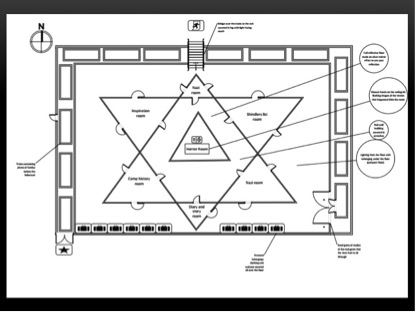

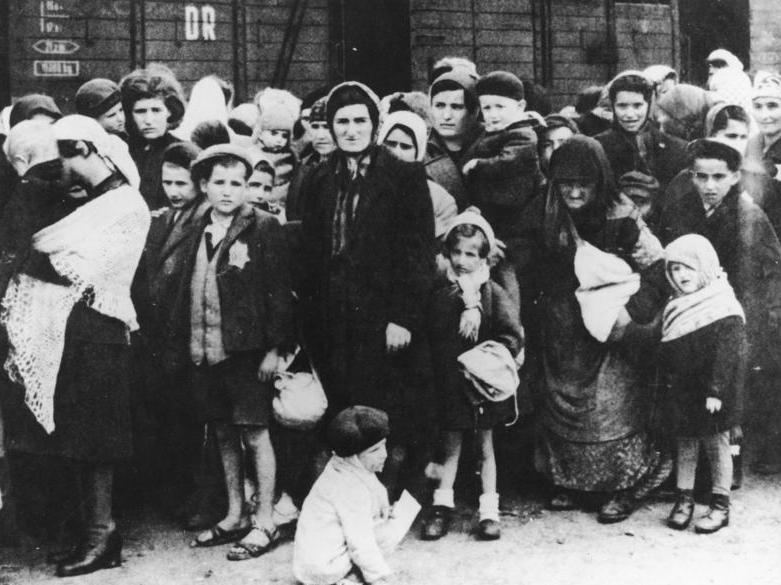
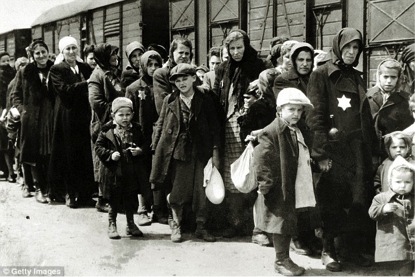
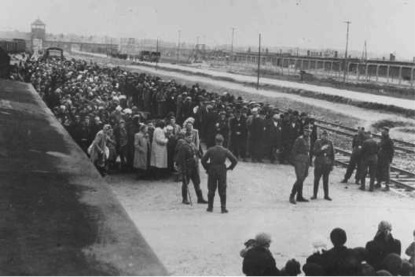
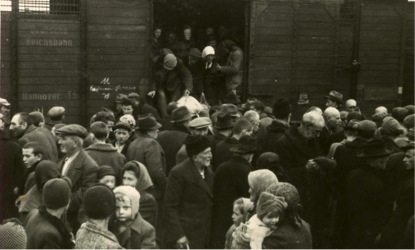
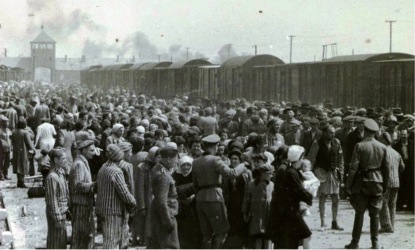
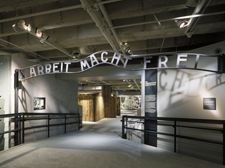
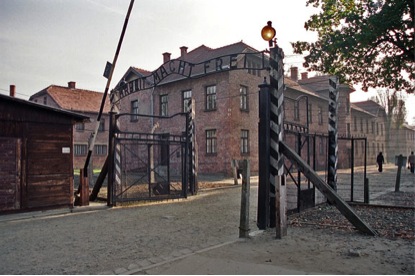
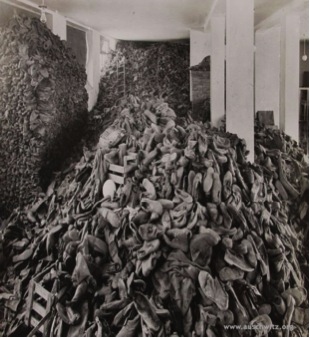
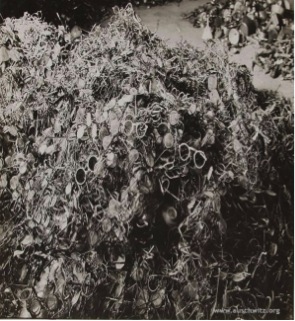


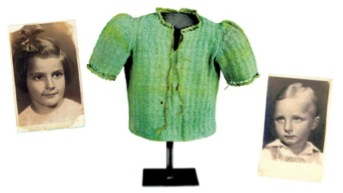
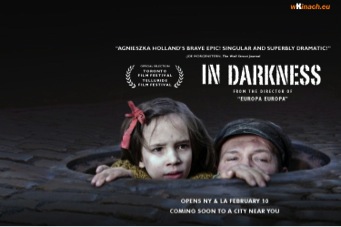
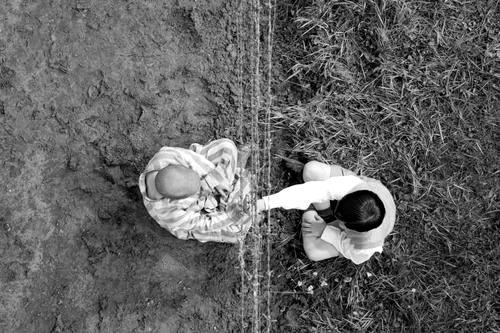

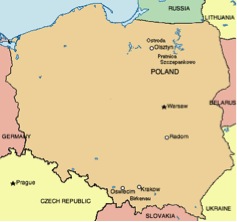
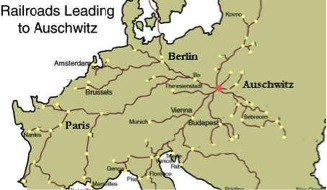
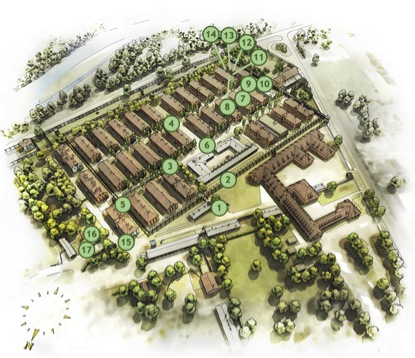
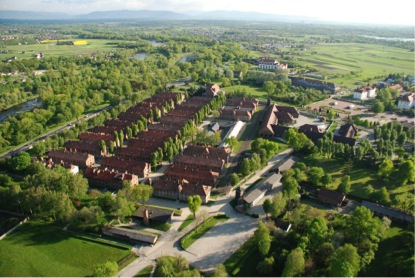
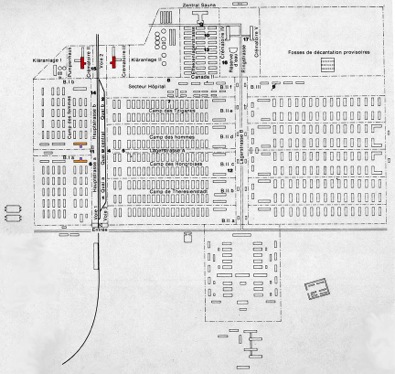
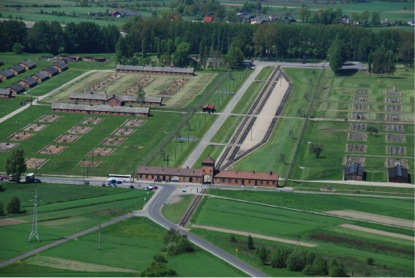

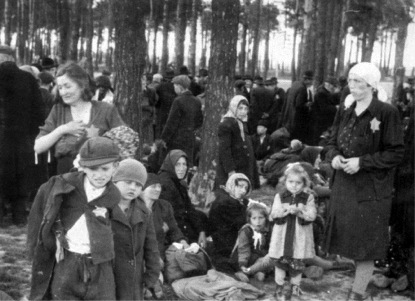
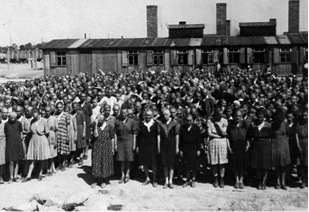
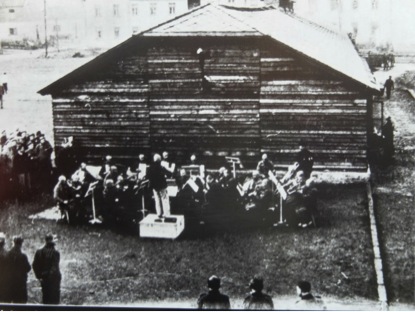
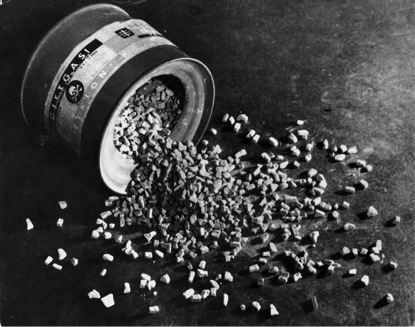
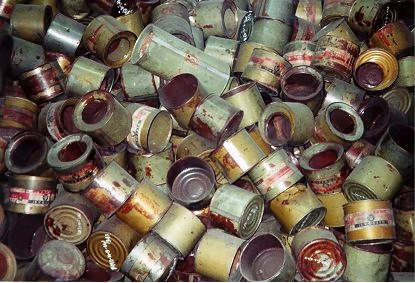
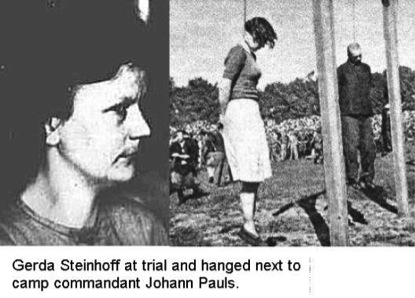
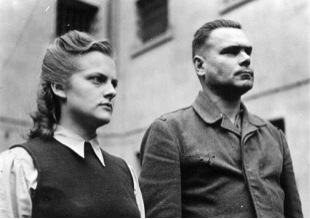
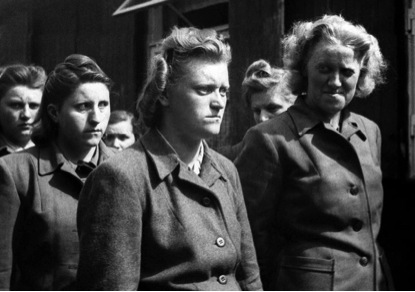
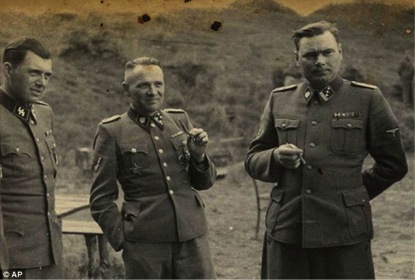
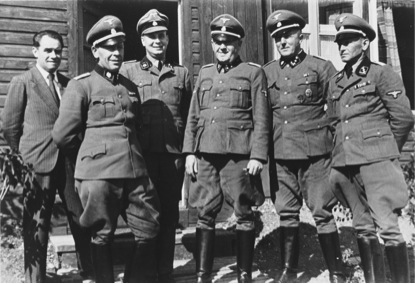
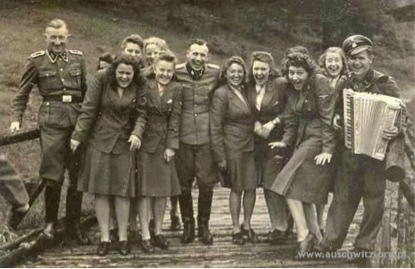
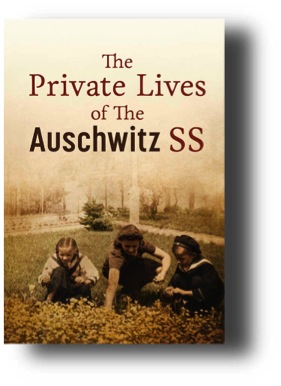
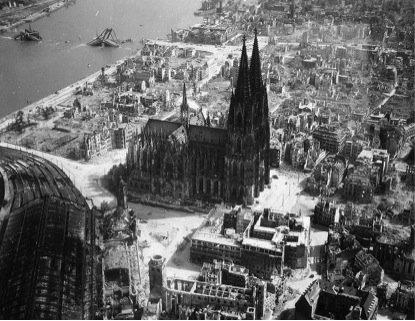
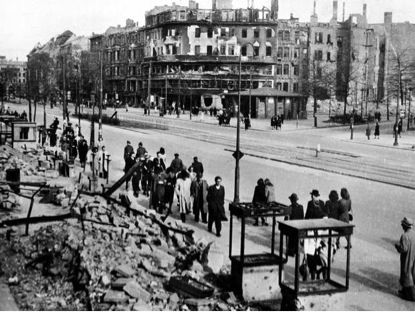
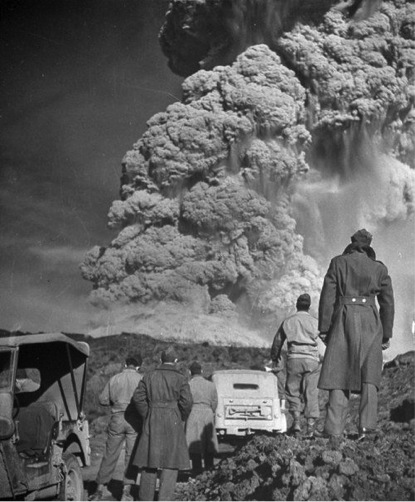

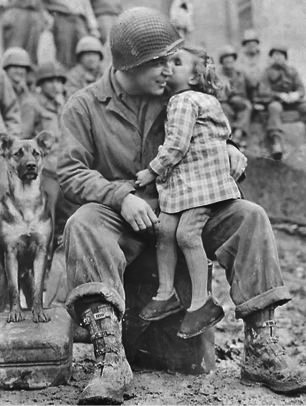
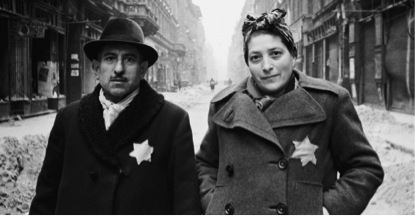

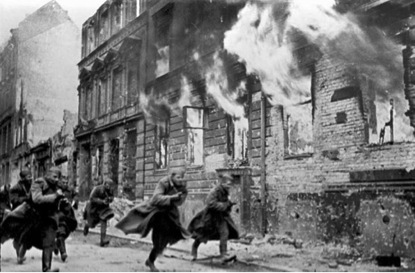
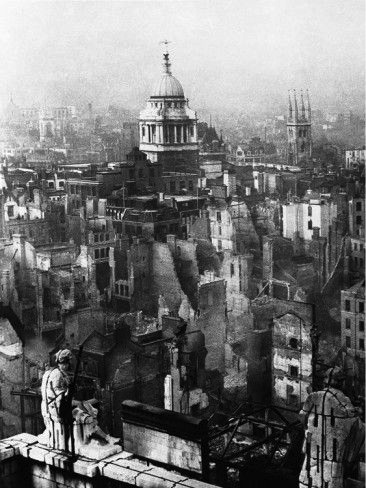
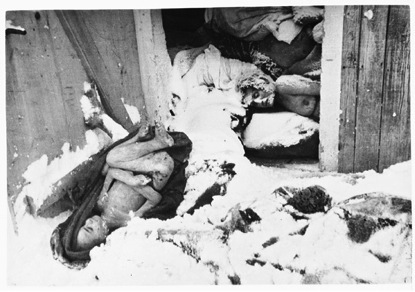
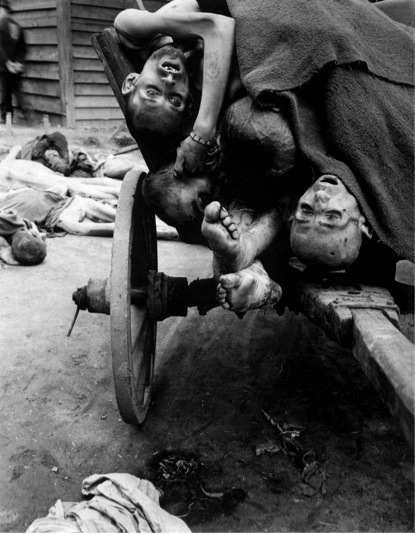
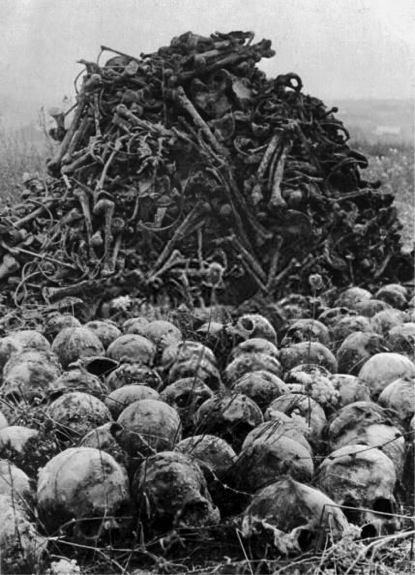
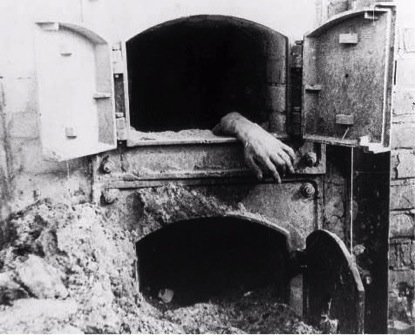


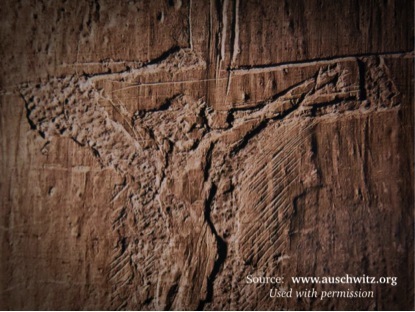
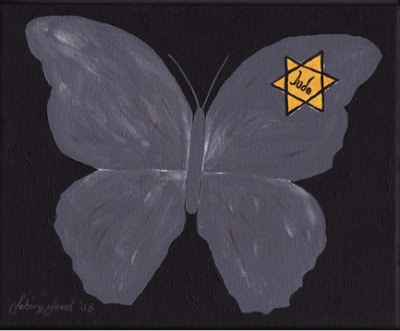
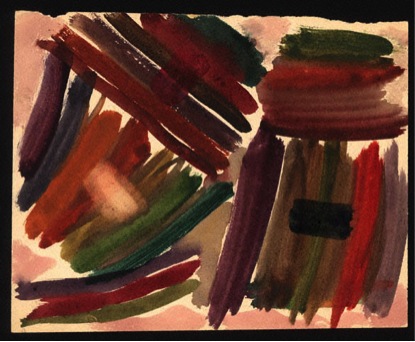
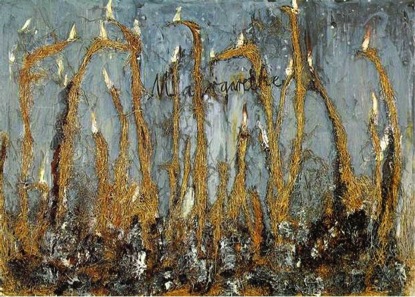

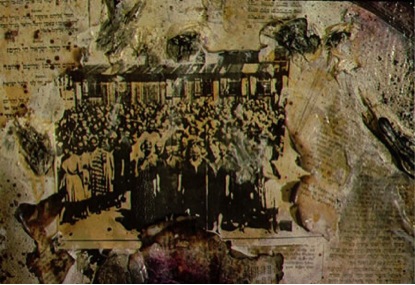
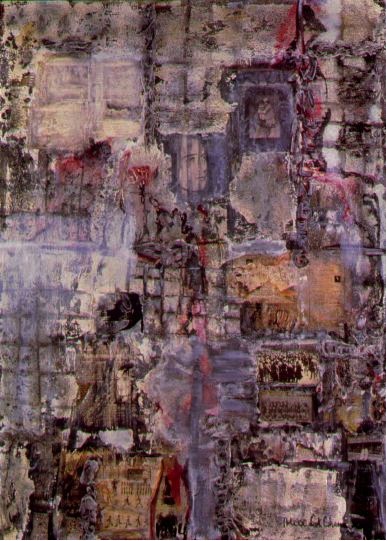
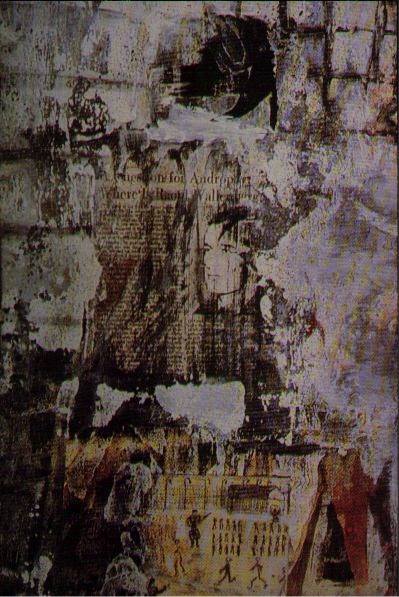
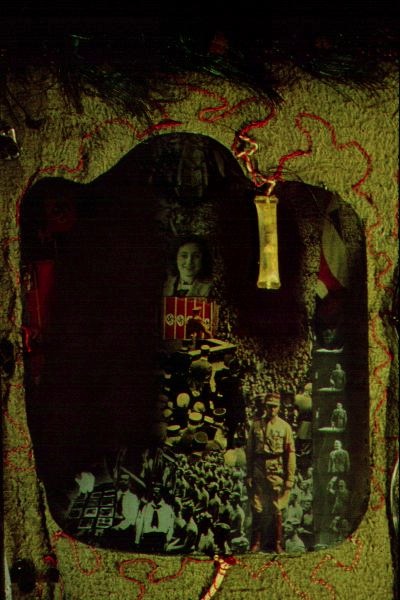


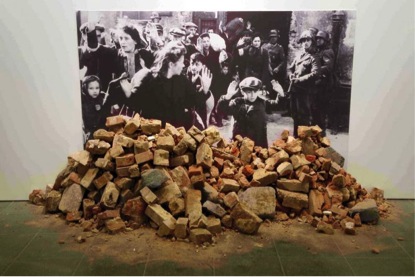
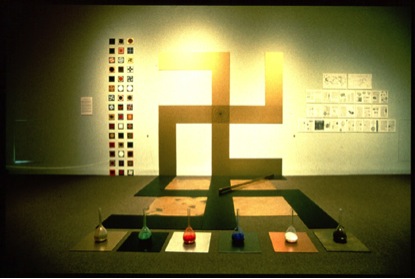
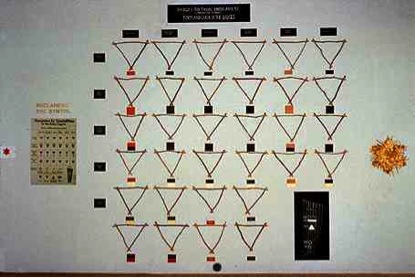
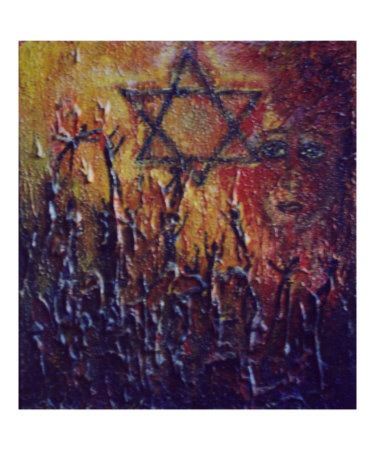


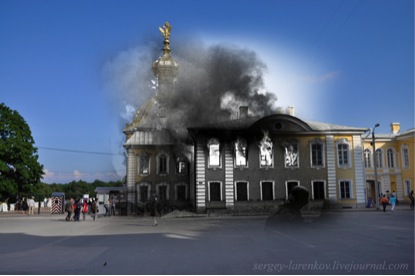

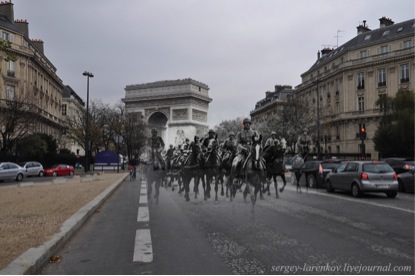
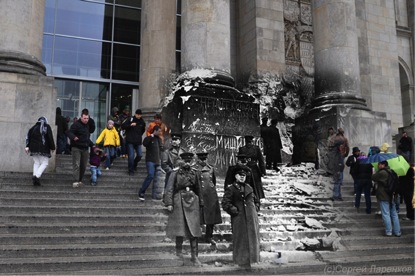
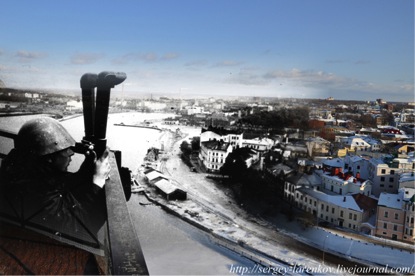
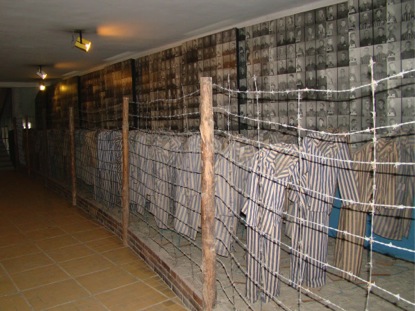
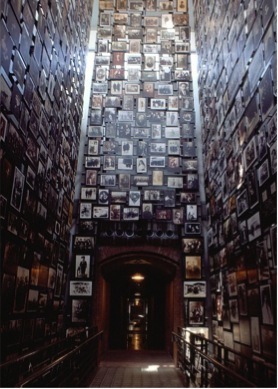
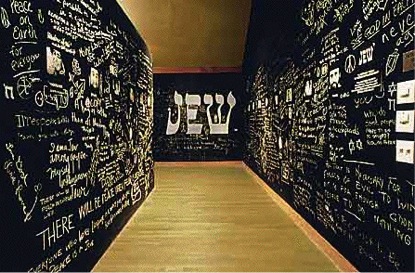
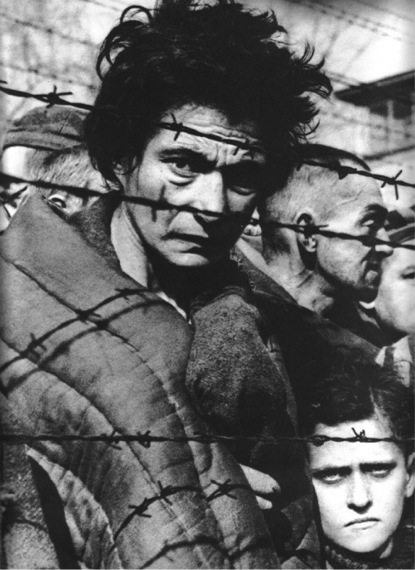
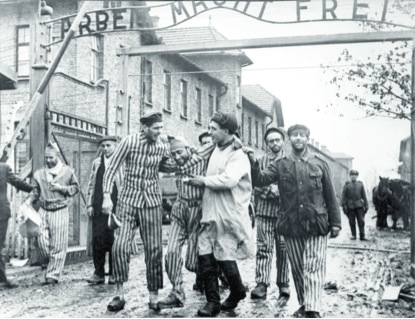

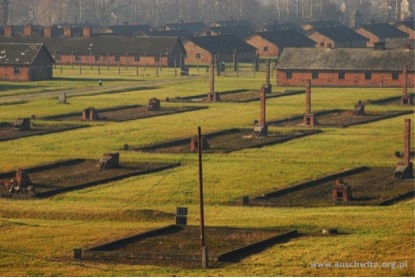

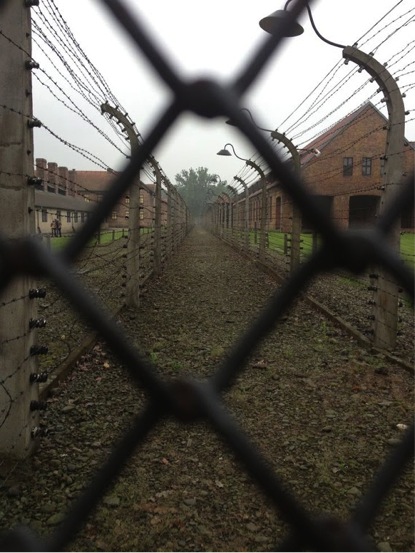
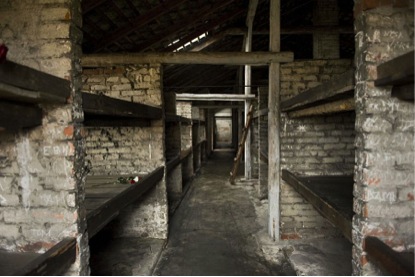
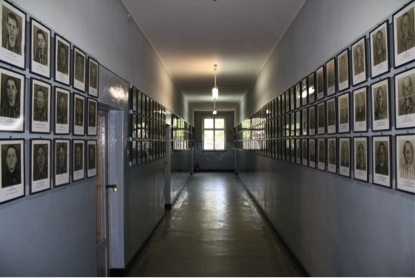

Remember what the youngest son of german mass killer said ,the son of Herr Hans Frank that represented Germany occupants of Poland, he said that second name of every German is Auschwitz. No more comments. Germany paid very little to their victims , and not only milions of Jews were victims … what about other nations victims form all over Europe ?
LikeLike